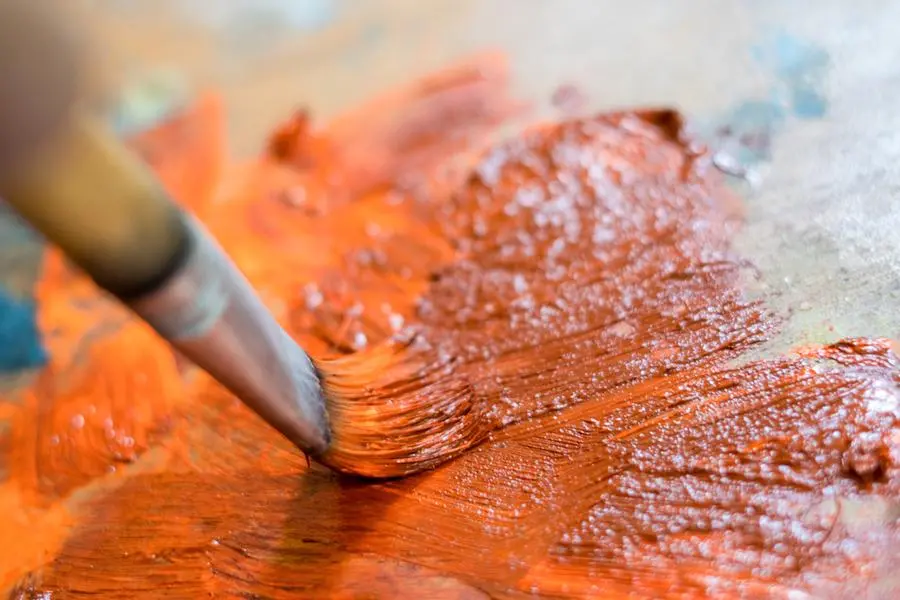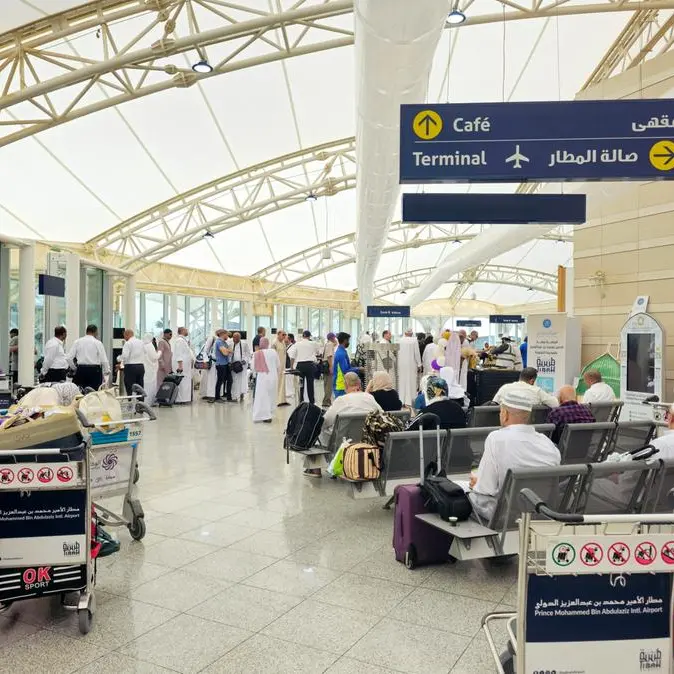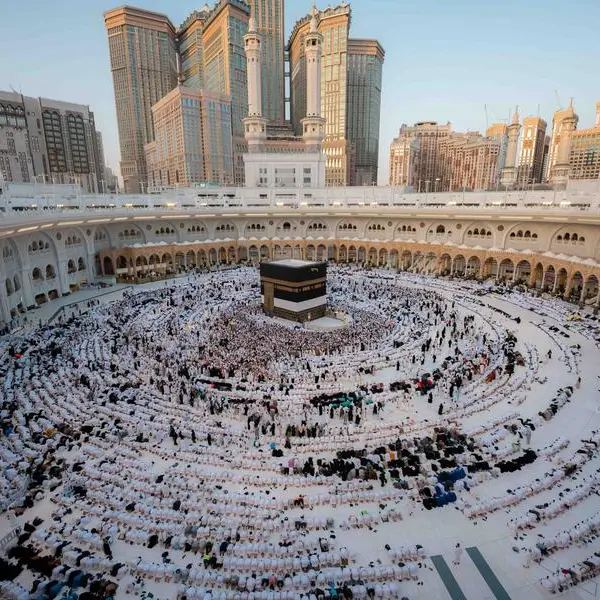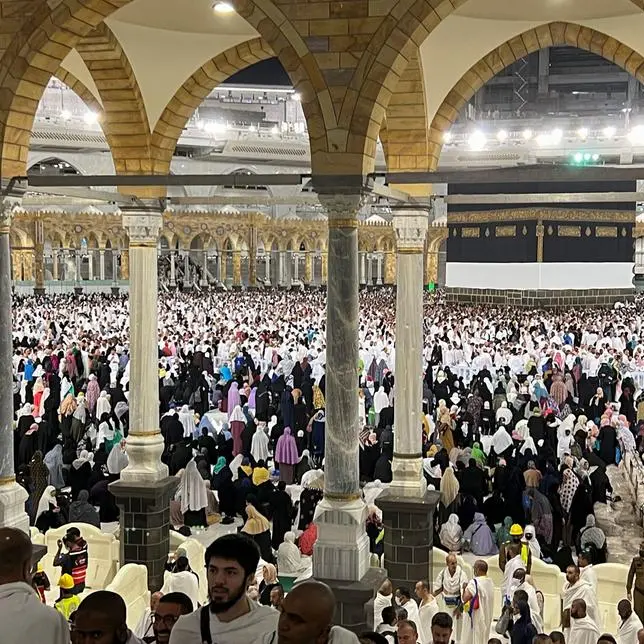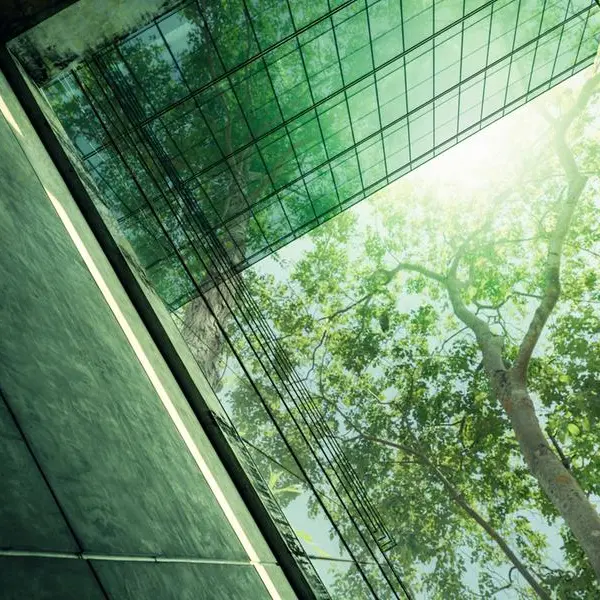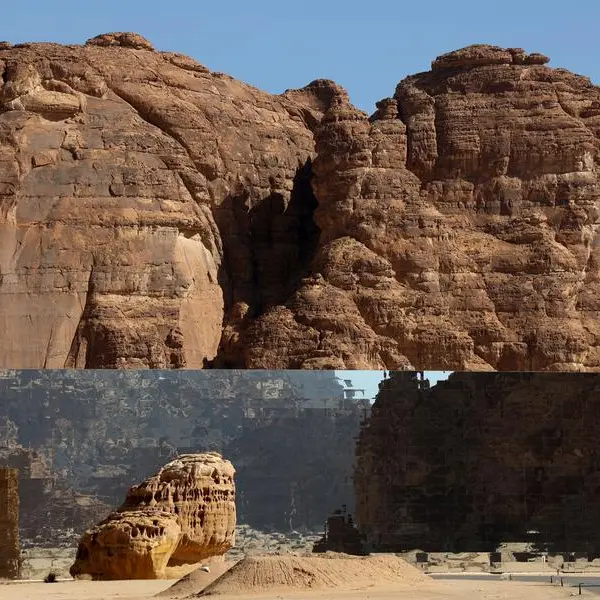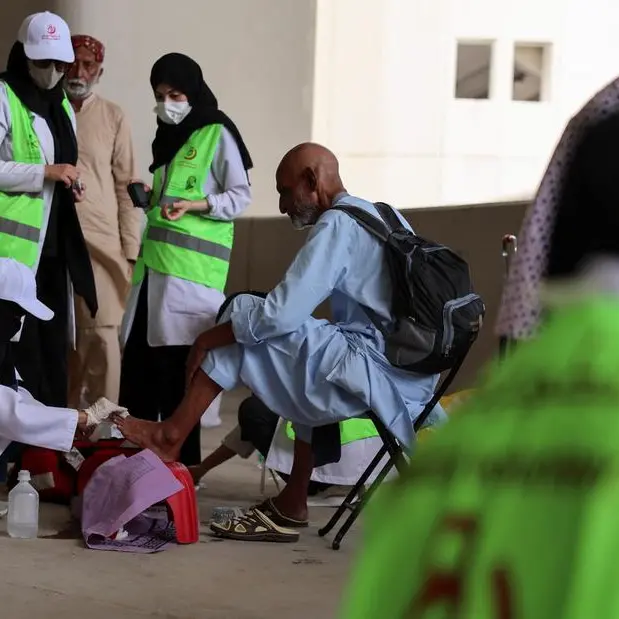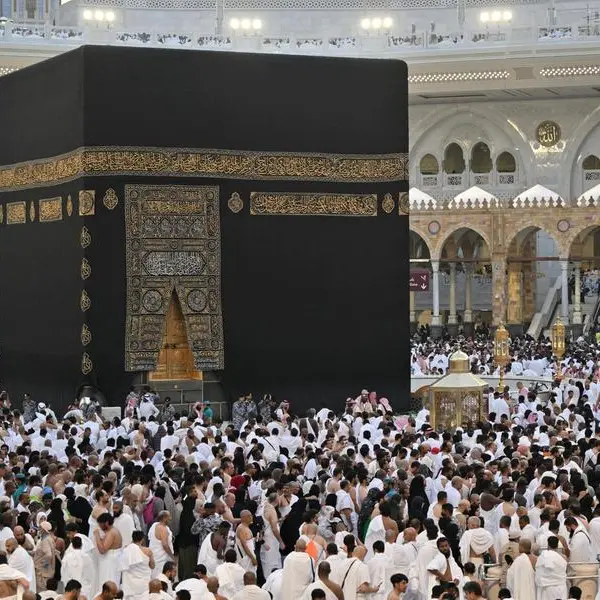PHOTO
Alserkal Art Week opened in Dubai on November 20 with a moving exhibition of artworks and archival photographs featuring Palestine, particularly Gaza, and titled On This Land, after a Mahmoud Darwish poem.
On This Land had originally been planned by the Birzeit-based Palestinian Museum to showcase the cultural legacy of Gaza, but was put on hold given the recent crisis. Instead, it resulted in a collaborative effort between three cultural institutions: Alserkal Art Foundation, Barjeel Art Foundation and Palestinian Museum. It was put together in record time, just two weeks, as a response to the devastating humanitarian crisis unfolding in Gaza.
There are more than 100 artworks on display, including paintings, drawings, sculpture, embroidery and film. The artworks have been provided by the Barjeel Art Foundation founded by one of the most well-respected art collectors and educators in the country, Sultan Sooud Al Qassemi. These include works by Palestinian artists such as Sliman Mansour, Laila Shawa, Ismail Shammout and Jawad Al Malhi. There are also works by artists from other parts of the region, including Jordan, Syria, Iraq, Lebanon, Kuwait, and the UAE, showing solidarity with Palestine.
One of the most striking paintings in the exhibition is Faten Alfred Tubasi’s ‘Heroic Act’ (1984) which is on public display for the first time in 40 years. It features the martyrdom of 16-year-old Lina Al Nabulsi who was shot by an Israeli soldier on her way home from school, a few days after participating in a protest with other students.
Another poignant painting is Layan Shawabkeh’s ‘Ladies of Gaza’ (2009). Born in 1986 in Jerusalem, Shawabkeh died at the age of 23 in December 2009, following a battle with cancer. In this painting, she expresses the pain and suffering of Palestinian women by depicting them as people deprived of their individuality, sliced open, tormented and dehumanised.
‘Memory of Places’ (2009) by Sliman Mansour at first appears joyous, featuring an elderly Palestinian farmer smiling in front of an olive tree grove. Look closely and it is apparent that he is posing in front of an artwork depicting olive trees at an exhibition. It is an act of remembrance for him of what he once had.
Olive trees feature prominently in many pieces by Sliman Mansour, including the painting ‘October Afternoon’ (2011) showcased on the exhibition poster, as well as in works by other artists in the exhibition.
Historically, olive trees have been a key component of Palestine’s agriculture-based economy. But in recent years, they have become a symbol of Palestinian connection to the land as some of these trees are hundreds of years old. Since 1967, Israeli authorities and settlers have destroyed over 800,000 olive trees. There is a famous line by Darwish, “if the olive trees knew the hands that planted them, their oil would become tears.”
While there are many images that capture the grief and suffering, there are also images of hope that allow us to remember an unmarred past and imagine a new future.
Raafat Ballan’s ‘The City Before it was Transformed’ (2021), based on Gaza, harks back to happier times before the Israeli besiegement. Ismail Shammout’s ‘Madonna of the Oranges’ (1997) transforms the artistic icon of the Italian Renaissance—the Pieta of Mary with Jesus in her lap—into a young Palestinian mother. She is seen in a lush orchard under a bountiful orange tree, wearing a traditional tatreez outfit. It is a hopeful reminder of the bounties of nature and the value of legacy for future Palestinian generations.
The exhibition also features a nine-minute, short sci-film by director Larissa Sansour titled Nation Estate projecting a dystopian and satirical future. The film explores a vertical solution to Palestinian statehood: a colossal skyscraper housing the entire Palestinian population, finally living the high life.
In addition to art from Barjeel Art Foundation, the exhibition includes 68 stunning photographs from the Palestinian Museum Digital Archive capturing everyday life in Gaza. These images take us through a journey of Gaza’s quotidian past, from children and families swimming and fishing on the beach, students at a university, government employees at events to feasts and wedding celebrations.
The exhibition aims to create a space for ‘informed contemplation’; the need for the audience to bear witness to a land that has been brutally occupied; and also the possibility of collectively imagining a brighter future.
Copyright © 2022 Khaleej Times. All Rights Reserved. Provided by SyndiGate Media Inc. (Syndigate.info).
